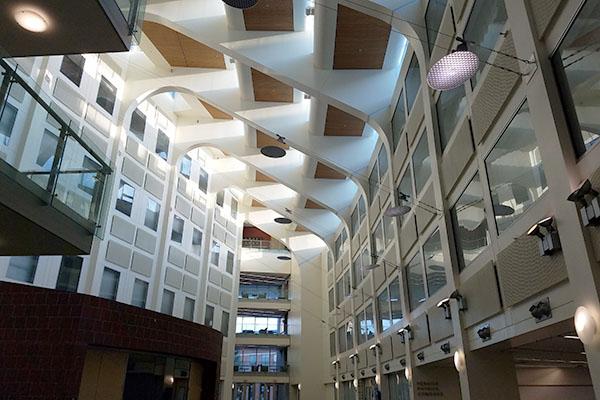
Computation of DIS structure functions from first principles is an outstanding problem in Quantum Chromodynamics (QCD) as it involves matrix elements of products of electromagnetic currents that are light-like separated in Minkowski spacetime. Since Monte Carlo computations in lattice QCD are only robust in Euclidean spacetime, it is worthwhile to ask whether simulations on a quantum computer can be beneficial. In my talk I will outline a strategy to compute deeply inelastic scattering structure functions on a hybrid quantum computer which is based on representation of the fermion determinant in the QCD effective action as a quantum mechanical “worldline” path integral over fermionic and bosonic degrees of freedom. The proper time evolution of these worldlines can be determined on a quantum computer. While extremely challenging in general, the problem simplifies in the Regge limit of QCD, where the interaction of the worldlines with gauge fields is strongly localized in proper time and the corresponding quantum circuits can be written down. As a first application, we employ the Color Glass Condensate effective theory to construct the quantum algorithm for a simple dipole model of the F2 structure function. I will outline further how this computation scales up in complexity and extends in scope to other real-time correlation functions.
